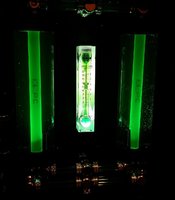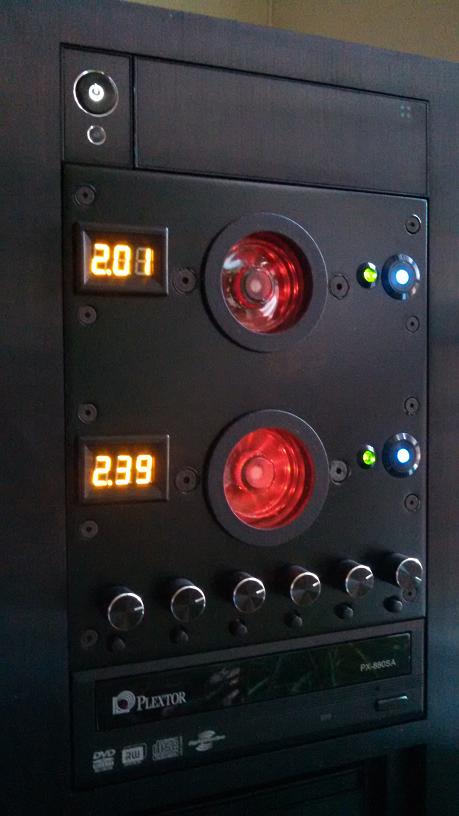DWolvin
2[H]4U
- Joined
- Nov 13, 2002
- Messages
- 3,512
So I've always wanted a flow indicator or meter, and looking around the electronic flow and water temp units look sweet but seem to have a plethora of terrible reviews. Anyone here have one? Or; anyone here have a cool flow indicator?
![[H]ard|Forum](/styles/hardforum/xenforo/logo_dark.png)

